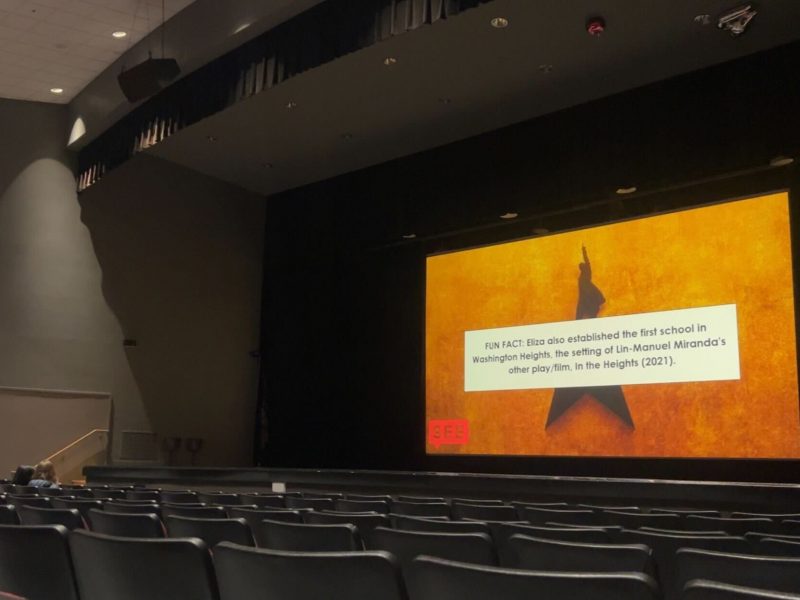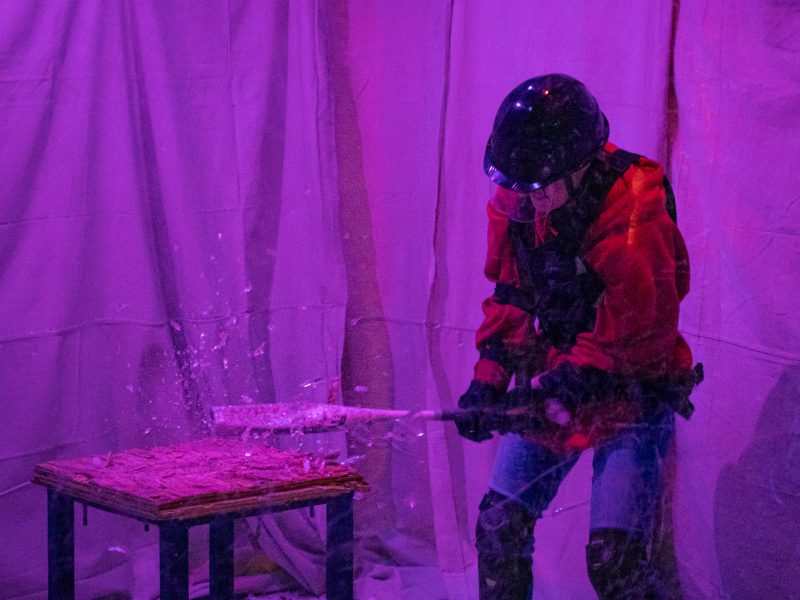Engineering and music students at the University of Maryland can now learn woodworking methods used to create wind instruments in a new cross-disciplinary course.
Sponsored by Arts for All, students enrolled use technology including woodworking tools and 3-D printers to create instruments. The course, taught by Robert DiLutis and Ted Baker, allows students to combine the disciplines while exploring their historical and cultural roots.
DiLutis, a clarinet professor at this university, has crafted musical instruments for more than 30 years and runs a music store, The Reed Machine, out of Riverdale Park. DiLutis said that fusing the historical technique of woodworking with modern techniques like 3-D printing interested him.
He approached Baker, a student competition and woodshop manager at the engineering school, about starting the class and conducted a student pilot course over the summer.
[UMD club performs revamped Shakespearean scenes]
“It was actually probably the first time that both schools worked together,” DiLutis said.
The course pairs engineering and music students together to craft a chalumeau — a historical predecessor to the clarinet popular during the Baroque period.
The students begin by crafting the bell and body of the instrument using lathes, which allow them to shape wood, then use the university’s metal shop to make the keys for their instruments.
Joseph Andaya, a junior enrolled in letters and sciences, said he enjoys the hands-on nature of the class.
“I get really bored when I take normal classes,” Andaya said. “You can’t really fall asleep while you’re doing this.”
Andaya, who intends to major in mechanical engineering, said he sees the value in combining elements of art into his work, even though engineering often focuses on practicality.
Baker echoed the statement.
“In the college setting especially there can be a lack of hands-on engagement,” he said. “I really love, as part of my mission, to get people over the hurdle of having never made something.”
Before beginning their projects, the class researched historical methods of creating woodwinds and took a trip to the Michelle Smith Performing Arts Library to understand the historical context and methods of the chalumeau.
DiLutis emphasized the importance of understanding the inner workings of an instrument for a musician.
“Many musicians are fearful of taking their instrument apart or examining it,” he said. “This process teaches you about how the wood is cut … it also teaches you about the acoustics of the instrument.”
[Cultoure Magazine’s first showcase highlights local musicians]
Dylan Tharp, a music masters student, said DiLutis has great insight into the creation of an instrument because he manufactures his own reeds, an unorthodox practice for a clarinet player.
Tharp said he enjoys taking a hands-on approach to the creation of music, which is a goal DiLutis has for his students.
Tharp, DiLutis and Andaya recognized the obstacles the class faces. The woodshop in J.M. Patterson Hall, where the class works, only has two lathes. DiLutis said the shop previously had only one lathe before Arts for All sponsored the program, which allowed them to purchase a second.
Still, the process satisfies the professors and students alike.
“My favorite part has been the reaction of the students when they turn a piece of square wood into a part of an instrument that looks beautiful,” DiLutis said. “It’s an instant gratification for them.”
DiLutis hopes to expand the class so students can create instruments to be donated for music classes at local schools, from simple percussion instruments to guitars and violins.
“That could be an entire class,” he said.



